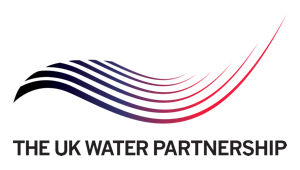Is river flow sufficient for a hydropower scheme to be viable?
The challenge
The Environment Agency estimates that in England and Wales hydropower schemes of all sizes could increase from 350 at present to 1200 by 2020, while an analysis of Scotland’s untapped hydropower potential suggests over 2,000 potential schemes in the 100-500kW range.
However, building a business case for small-scale hydropower schemes requires detailed assessment of likely river flow rates throughout the year, since this determines the optimum size and overall economic viability of a proposal.

 The Water Security Knowledge Exchange Portal supports the objectives of the
The Water Security Knowledge Exchange Portal supports the objectives of the 